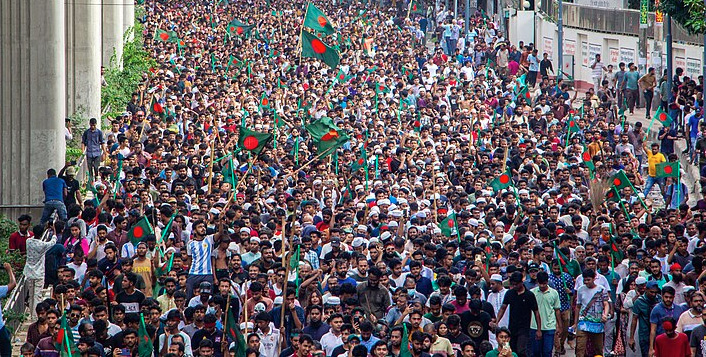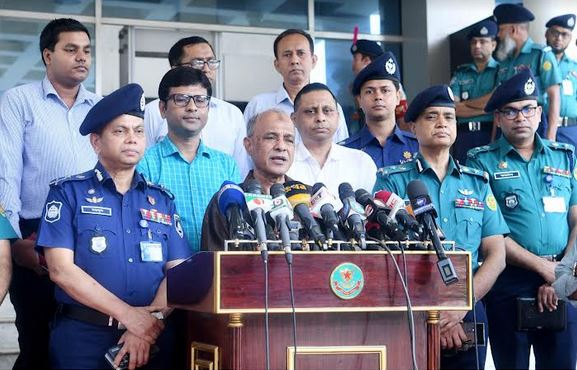
Online Desk: On 9 June, as Narendra Modi was inaugurated for his third term as Indian Prime Minister in Delhi, a militant attack unfolded 400 miles north in Kashmir. Militants ambushed a bus carrying Hindu pilgrims in Reasi, southern Kashmir, resulting in nine fatalities and 33 injuries. Santosh Kumar Verma, a pilgrim, reported that a masked militant shot the driver and continued firing even after the bus rolled into a gorge.
This attack is part of a disturbing trend in militant violence in Kashmir, with nearly 200 security personnel and over 350 civilians killed since 2020. The new wave of attacks is marked by greater sophistication and technological advancement compared to previous incidents, posing substantial challenges for Indian military and intelligence agencies.
Recent analyses reveal a striking transformation. Kashmiri insurgents have shifted from being the stone-pelting, amateur fighters employing hit-and-run tactics against one of the world’s most formidable armies to becoming a well-organised liberation force. They are now equipped with advanced capabilities, a stronger resolve and renewed vigour to confront Indian military operations directly.
The insurgents have challenged the Indian military on multiple fronts: employing sophisticated warfare technology, modernised tactics and targeting previously less affected regions. According to an article by Alice Patterson in The Guardian, “Kashmiri fighters have escalated their operations using advanced weaponry and refined tactics. They now deploy drones for logistical support and body cameras to document their ambushes, enhancing coordination and effectiveness. This technological leap has enabled precise and efficient strikes, making the insurgents a more formidable force.”
Furthermore, insurgents have refined their hit-and-run tactics. They strike Indian soldiers, disappear into the rugged terrain, and then reappear to launch further attacks. This strategy disrupts military operations and erodes the morale of Indian troops, who struggle to anticipate and counter the insurgents’ movements.
A significant development is the expansion of insurgent operations into previously less affected areas, such as the Hindu-majority Jammu province. This tactical shift broadens their activities, which were once concentrated primarily in the Kashmir Valley, signalling a more sophisticated insurgency capable of extending its reach and increasing pressure on Indian forces.






